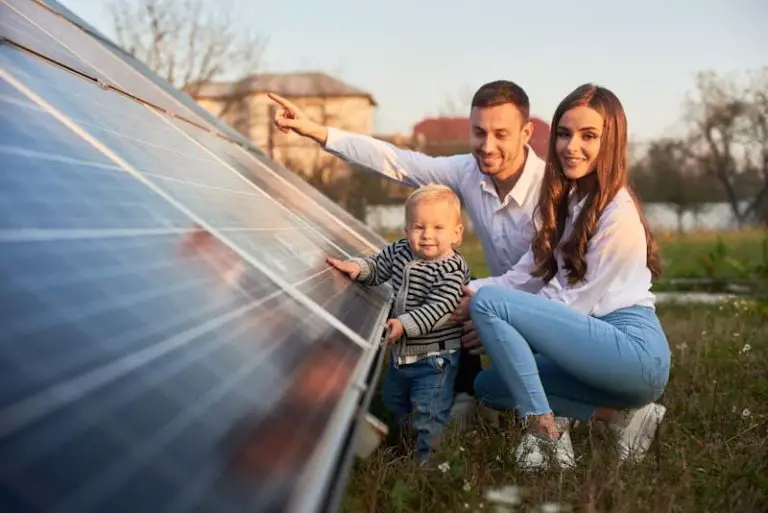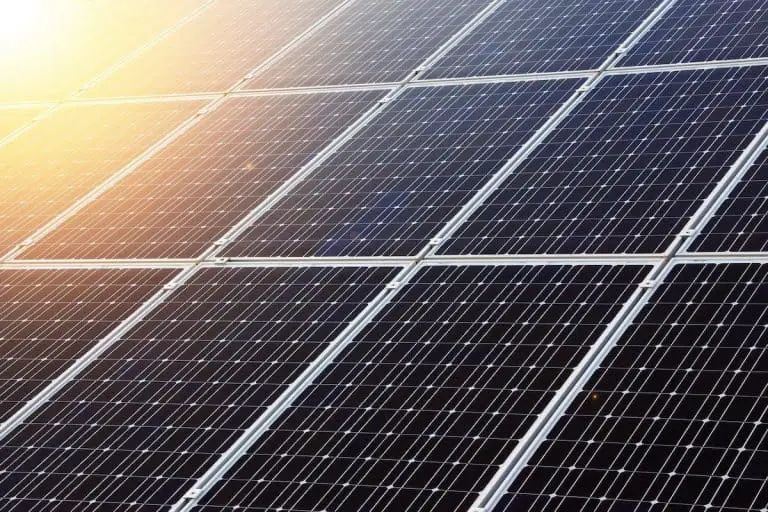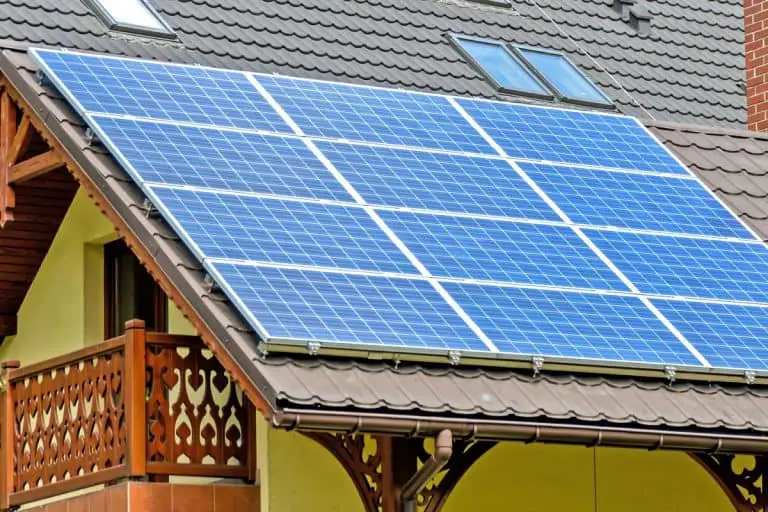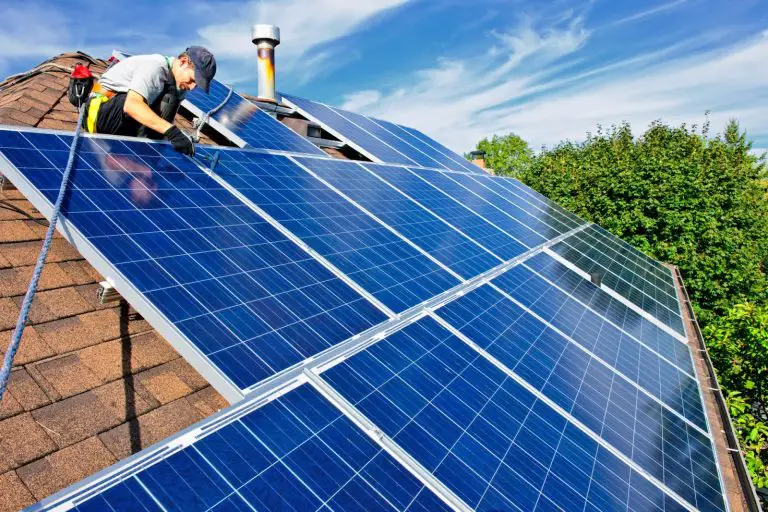Complete Guide to Solar Camping Showers
Solar showers acquire energy from sunlight and convert it into heat energy for the water placed in the solar shower bag. The hot water is then available for many uses. Elevating the water supply overhead allows gravity to use the hot water for showering.
A shower can come in handy, especially when you have outdoor activities in isolated areas. Fortunately, solar showers are widespread in the market to ensure your comfort and access to a soothing drizzle. Read on to know more about how solar showers work, their benefits, and their varieties.
What Is A Solar Camp Shower?
Solar camping showers are portable showers that give you access to warm water and good hygiene while outdoors doing activities such as camping or swimming on a beach. However, the solar camp shower is not designed to heat water for human consumption.
Main Parts Of A Solar Camp Shower
- Bag
- Pipe or hose
- Showerhead
The Bag
The bag is an insulated container designed for heating and holding the water. The material composition of the bag tends to vary, but it is commonly made of polyvinyl chloride (PVC) as it is durable and tends to absorb heat faster.
Other materials for the bag may be composed of the following:
- Polyethylene
- Polyester
- Polyurethane
- Polymeric foam
- Plastic
- Vinyl
The Pipe
The pipe may vary in length depending on the manufacturer, but it is generally 2 to 8 feet (i.e., 0.6 to 2.4 meters) long and usually made of rubber. The shower head usually consists of PVC or Acrylonitrile Butadiene Styrene (ABS) material which also induces heat absorption.
Other varieties of solar camp showers have metal clips for control of water flow and easy mounting. Several have handles composed of PVC, fiberglass, or nylon stiffeners for mounting to a structure and grommets for tying down.
Other showers come with nylon storage bags and a reflector similar to ovens, increasing heat gain.
How Do Solar Showers Work?
Solar showers work by absorbing heat from the sun and transferring that heat into the stored water. You can expose the bag to direct sunlight until the stored water reaches the desired temperature.
As the stored water gets warm enough, the solar camp shower should be elevated above your head and secured onto a structure for easy use. Ensure you position the bag high enough to orient the hose while showering quickly. As the water level drops in the bag, so does the water pressure.
Types Of Solar Showers
There are three common types of solar showers in the market today in the following sections.
Gravity Fed Solar Showers
As the name implies, gravity-fed solar showers rely on gravitational force to function. By filling in the bag and elevating it above your head, the water will flow downwards due to gravity, through the hose, and onto the shower head when the valves are opened.
Moreover, hang the shower high enough for the hose to be straight and flow smoothly.
Pressurized Solar Showers
This type of solar shower utilizes pressurized air to flow through the hose. Pressurized solar showers can come in 2 forms, namely:
- Pressurized container solar shower – As with the gravity-fed type, this also features a bag container yet consists of a pump component to allow filling in of air, thereby creating pressure. Moreover, you can place the bag on the ground, and the warm water is discharged by pressurization.
- Rooftop pressurized solar shower – This form comes with a water tank deployed on a roof rack. The tank is built from aluminum metal or PVC to induce higher absorption of heat when exposed to direct sunlight.
Water Pump Solar Showers
This type of solar shower is unique as it combines a large water tank with pumps to produce a shower. Specifically, it qualifies as a solar shower because the water tank is painted black to acquire heat from the sunlight, and the pump is placed into the heated water to produce a shower.
There are widely varying configurations for these. One popular type is PVC tube storage on the roof of your vehicle, camper, SUV or in non-mobile installs like poolside or on a boat dock.
In these cases, you can opt for a premium rooftop system or build your own as shown below.
How To Correctly Use A Solar Camp Shower?
The solar showers ideal for camp use is the gravity-fed and pressurized types. Hence, the following steps below are advisable for these types.
Fill The Bag With Water
The first step in using a solar camp shower would be to fill the bag with water (e.g., you may use tap water or rainwater) through its cap or nozzle. Ensure not to fill the bag since the water would expand as its temperature rises. Filling in the bag might cause the bag to tear or burst.
Expose The Bag To Direct Sunlight
Second, expose the bag to direct sunlight. Ensure that the absorbent side (i.e., often labeled in the user’s guide) is facing the sun’s direction. It is imperative not to place the bag on the ground as this can hinder the heating process.
The ground can absorb the generated heat onto the bag. Alternatively, you can place the bag over the rock to ensure proper heating.
Ensure The Continuous Flow Of Water
Third, after heating the water, you need to ensure that the water would continuously flow from the bag. To do this, you must elevate and hang the bag above your head and ensure that the hose is straight and easily accessible as you shower. It applies to gravity-fed solar showers.
Alternatively, pump air into the bag container to produce pressure to initiate the release of warmed-up water onto the shower head. It applies to the pressurized solar shower, and elevating the bag is no longer necessary.
As for the last step, ensure that you properly connect the hose to the bag. You can now switch the valves for water to flow through. You may now enjoy your heated and soothing shower!
Are Solar Camping Showers Any Good?
There are numerous benefits to using solar camping showers. However, there are drawbacks to using solar showers as well. Knowing the pros and cons of solar showers will help you decide whether to get one or not.
Advantages Of Using Solar Camping Showers
Free And Renewable Energy
Using a solar camping shower gives you access to abundant, free, and renewable energy, unlike heated showers powered solely by electricity. Moreover, it helps reduce carbon footprint, an alarming environmental issue in recent and upcoming years.
Low-Cost
A solar shower would enable you to save money as there are no costs in using renewable energy relative to using electrical power for heated showers. Specifically, you no longer have to concern yourself with the expenses of voltage uses as you primarily depend on solar energy.
Easy To Use
Solar showers only consist of the bag, hose, and showerhead. These parts are easy to troubleshoot as they are not complex relative to electrical components, and you have to consider numerous factors for compatibility.
Provide Comfort And Good Hygiene
A warm shower is not readily accessible outdoors, especially during camping activities. However, solar camp showers can allow you to access the comfort of warm water, especially in places where it gets chilly in the evening.
Moreover, it can help you rinse away from dirt and sweat, thereby inducing good hygiene. It also ensures your health as you can clean and wash up with warm water in isolated places.
Additionally, your skin and hair would not be too dry when exposed to solar showers compared to heated showers, which can be too hot and harmful.
Portable
Solar camp showers are readily movable, foldable, and light to carry. You can bring one, and it would not compromise a lot of space and weight in your baggage when you decide to go camping.
Disadvantages In Using Solar Camping Showers
Sunlight Dependent
Solar camper showers solely rely on direct sunlight exposure to function. Hence, it would not heat water during the night. Moreover, solar showers would not efficiently function during unfavorable weather conditions such as rain, snow, and dense cloud cover.
Long Duration To Heat Water
Another downside of using solar camper showers is the duration of heating the water. It requires an ample amount of sunlight to heat up. Warming the water could take up to 4 hours or more. However, warming up would take much longer on cloudy days.
How Much Water Does A Solar Camping Shower Hold?
The showers come in various sizes, depending on the volume capacity of water they could store. It could range from 2.5 gallons (9.4 liters) to 10 gallons (45.5 liters). The greater the volume, the longer it takes to heat up.
How Long Does A Solar Shower Last?
A 5-gallon gravity-fed solar shower could last up to 2.5 minutes if water flows continuously. On the other hand, a 10-gallon solar shower would ideally last for around 5 minutes.
Alternatively, a pressurized solar shower with 5 gallons of water could last for 7 minutes, whereas a 10-gallon pressurized solar shower would last around 14 minutes with continuous water flow.
The water pump solar shower with 5 gallons of water can last 11 minutes. Similarly, a 10-gallon water capacity solar shower for this type could last approximately 20 minutes with continuous water discharge.
How Hot Can A Solar Shower Get?
Solar showers can heat water up to 45℃, provided there is direct sunlight exposure. Temperatures below the mentioned value should be suitable for an adult. However, if the water warms up beyond 45℃, there would be the risk of burning upon usage.
To avoid burning accidents, check the water temperature using a thermometer if you suspect it is over the ideal heat level. Alternatively, you may opt to purchase a solar shower with a built-in temperature gauge.
How Much Do Portable Solar Showers Cost?
Portable solar showers have various price ranges, depending on the type of solar shower you intend to buy. Furthermore, the larger the size, the higher the price.
For example, a low-priced gravity-fed no-frills solar shower can cost you around $10, and this consists of the basic components such as a single-layer hose and PVC.
Additionally, a high-quality (i.e., higher insulation capacity) gravity-fed solar shower would approximately cost from $20 to $40, and it usually comes with several accessories.
A basic model of a pressurized solar shower can cost you about $45 (e.g., 4-gallon capacity). On the other hand, a top-notch model can reach up to $550 with a 10-gallon capacity.
A good compromise to spending large sums for the top of the line models, buy a really good base model that includes upgrades found on more expensive products.
The Tadomoe described below is a good top end portable unit with enough features to be versatile while remaining portable and affordable.
Choosing The Right Solar Camp Shower?
There is no specific answer to choosing the correct solar camp shower. The decision would greatly depend on several factors.
For example, a small portable 2.5-gallon solar shower is already enough when you plan to go camping alone. Refilling it would be easy, and you can have access to a warm shower whenever you want.
However, when you are camping as a group, you would practically need to have a large-sized solar shower. Additionally, you also need to consider the duration of your camping. Smaller-sized showers are suitable for a few days of camping, whereas large-sized showers are ideal for longer trips.
Hence, determining your individual/group camping needs and trips would help you select the ideal solar camp shower.
Can You DIY Build A Solar Camp Shower?
Being an outdoor person, most likely, there are certain places or private spots where you tend to regularly camp just for rest and recreation (R & R) activities.
You can install your solar camp shower in such places. It would be excellent and convenient not only for you but also for friends or members of your camping group to have easy access to a warm shower in such places.
How Does A DIY Solar Shower Work?
A DIY solar shower should ideally have a water storage container similar to the concept of a water pump solar design (i.e., a container that can easily absorb heat from direct sunlight). You should then connect the container to a hose and shower head.
What Kind Of DIY Solar Shower Are We Working On?
This DIY solar shower is an outdoor pressurized type that you can deploy on your vehicle’s roof rack. On the other hand, you can also install this indoors and improve its plumbing features to perform efficiently.
Tools And Components Needed For DIY Solar Shower
The essential tools and components needed for a DIY solar shower are the following:
- 1 unit of cordless drill
- One unit of ¼ and ½ inches flat bit (Paddle bit) – Essential bits to drill holes into the PVC caps.
- One unit of ½ inches hose bib – Attachment to the PVC cap for water flow.
- One unit of ½ x ¾ inches bushing – Component to secure the hose bib.
- 1-unit of Schrader valve – Essential component to pressurize the entire solar shower system. Possible to utilize either bicycle pump or compressor provided they are compatible.
- One unit of waterproof sealant – Material to seal the small gaps between the PVC cap and the hose bib.
- 1 unit of 4 inches PVC clean-out tee with plug – You will place this in the system’s center. The opening will allow the pipes to be filled with water and vice versa.
- Two units of 3 ft x 4 inches PVC pipes will be fitted at each end of the tee.
- One unit of PVC Primer and cement – Essential materials to seal the pipes.
- Two units of 4 inches PVC cap – Used for attaching pipes for closing each end of the system.
- One unit of black spray paint – Material for spray painting the pipes into black.
- One unit of ½ inches garden hose – The end portion of this item will serve as the showerhead.
How To Build A DIY Solar Shower (Step-By-Step Guide)
- ¼” Hole Drill Into The PVC Cap
You can get the two PVC caps and place one cap to the side.
You can then drill a ¼ inches hole size onto the top using the flat bit and cordless drill in one cap. It will be the hole where the Schrader valve will be placed.
- Placing The Schrader Valve
You can install the Schrader valve into the hole you just created by pushing it through the cap and tightening the bolt using a spanner (i.e., if only necessary).
- ½” Hole Drill Into The PVC Cap
As with Step 1, you can drill a ½ inches hole, which should align with the valve towards the bottom cap.
- Hose Bib Connection
You can now put the hose bib in the cap. Inside the cap, you can screw the bushing and tighten using a spanner (i.e., if only necessary).
Outside of the cap, you may already seal any small spaces between the PVC and the bib. You can get your sealant and pipe it around the bib. Take note that the sealant can take up to 24 hours to dry.
- Pipe And Clean-Out Tee Connection
You may set aside the cap, gather the pipes, and clean the tee.
Take note that the tee has three ends. You would want to line the pipes up to add the pipes to the opposite ends of the tee. The 3rd end is where you should place the plug, and this is where you will fill the system with water.
You can add the primer and cement to accomplish one pipe at a time before securing the pipe into the tee. Secure the pipe in place for approximately 30 seconds. It would ensure the cement stick and would take around 15 minutes to set completely.
- Pipe Closure
Similarly, the process will be repeated with the caps and close the pipe openings with caps utilizing the primer and cement.
Ensure that the bib faces downwards and the tee plug is facing upwards.
- Spray Paint
You can paint the system in black to induce higher absorption of heat.
- Install Onto Vehicle Roof Rack
You can now fix the system onto your vehicle roof rack by this time.
However, you need to take a piece of foam and cut a semi-circle. It will serve as a base for your system.
- Fill System With Water
As the system is ready, you may already fill it in with water. You can now screw the plug to close the system.
You can now attach the garden hose to the bib, serving as the shower head.
- You Did It!
Congratulations, and you now have accomplished building your solar shower. Great job, and enjoy using your new solar shower!
Does a DIY Solar Shower Work During Winter?
DIY solar showers can still function during winter. However, this would need an evacuated tube collector or a high-efficiency flat plate to function optimally. The solar collectors would ensure that the water container uses the limited amount of winter sun available to maximum capacity.
It is essential to understand that making a less expensive setup that is insufficient in insulations would have difficulty absorbing and retaining heat to ensure the effective functioning of solar showers in cold weather.
Nevertheless, you can still use a solar shower during winters, provided you have the necessary components to function efficiently.
Summary
Overall, solar camp showers are portable assets that can aid you in having access to warm water even if you are in remote or off-grid locations.
It consists of a water bag container, hose, and shower head. It functions by absorbing heat from sunlight which warms up the water in the bag, and you can freely use it anytime and anywhere.
There are pros and cons to having a solar shower. However, having a solar shower would be an excellent long-term investment if you are an active outdoor person. Interestingly, you can also do a DIY solar shower, which can prove very convenient, especially if you have regularly visited campsites.






